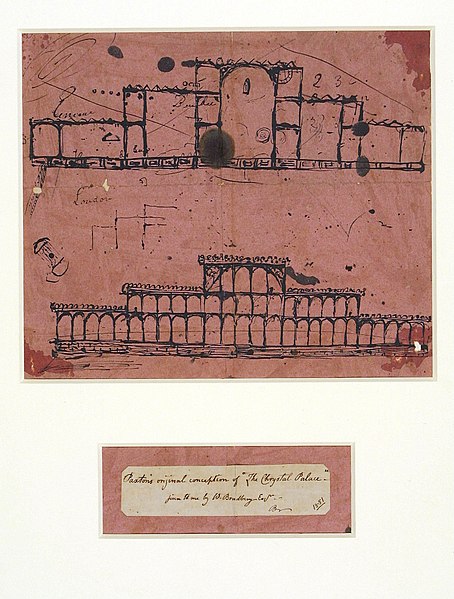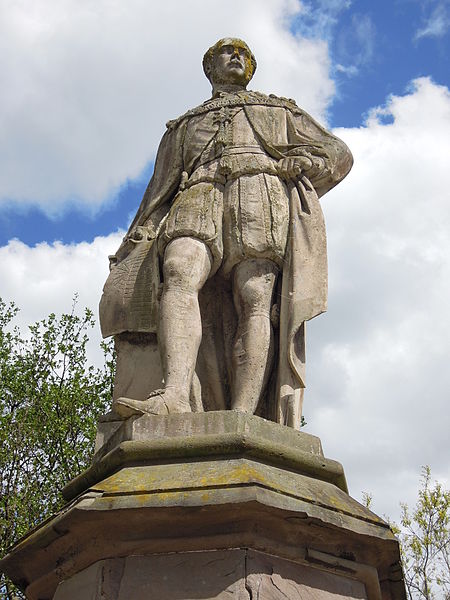The Great Exhibition of the Works of Industry of All Nations, also known as the Great Exhibition or the Crystal Palace Exhibition, was an international exhibition that took place in Hyde Park, London, from 1 May to 15 October 1851. It was the first in a series of World's Fairs, exhibitions of culture and industry that became popular in the 19th century. The event was organised by Henry Cole and Prince Albert, husband of Victoria, Queen of the United Kingdom.
The Great Exhibition 1851
The Crystal Palace in Hyde Park, London, in 1851
Queen Victoria opens the Great Exhibition in The Crystal Palace in Hyde Park, London, in 1851
The enormous Crystal Palace went from plans to grand opening in just nine months
The Crystal Palace was a cast iron and plate glass structure, originally built in Hyde Park, London, to house the Great Exhibition of 1851. The exhibition took place from 1 May to 15 October 1851, and more than 14,000 exhibitors from around the world gathered in its 990,000 square feet (92,000 m2) exhibition space to display examples of technology developed in the Industrial Revolution. Designed by Joseph Paxton, the Great Exhibition building was 1,851 feet (564 m) long, with an interior height of 128 feet (39 m), and was three times the size of St Paul's Cathedral.
The Crystal Palace at Sydenham (1854)
The Crystal Palace in Hyde Park for the Grand International Exhibition of 1851
Joseph Paxton's first sketch for the Great Exhibition Building, c. 1850, using pen and ink on blotting paper; Victoria and Albert Museum
An 1864 Statue of Albert, Prince Consort, holding a plan of the Crystal Palace







